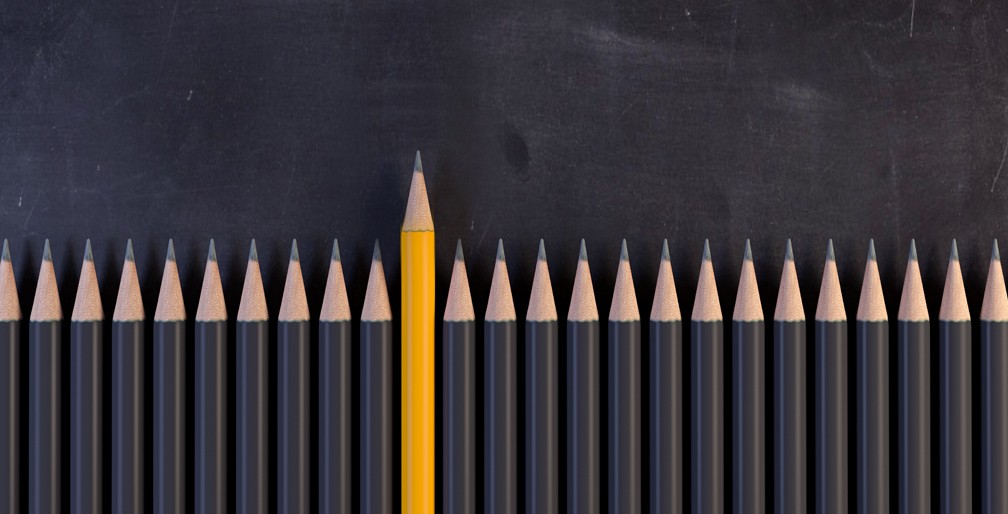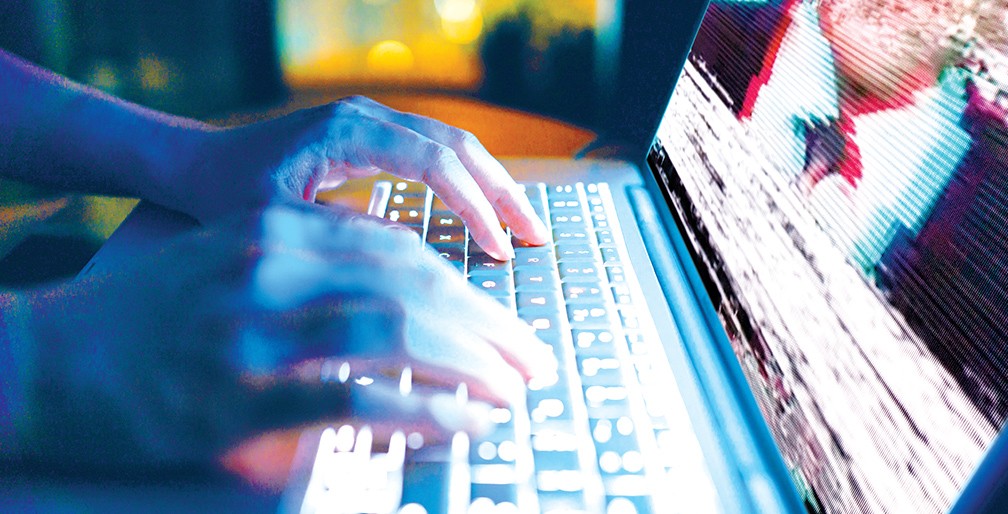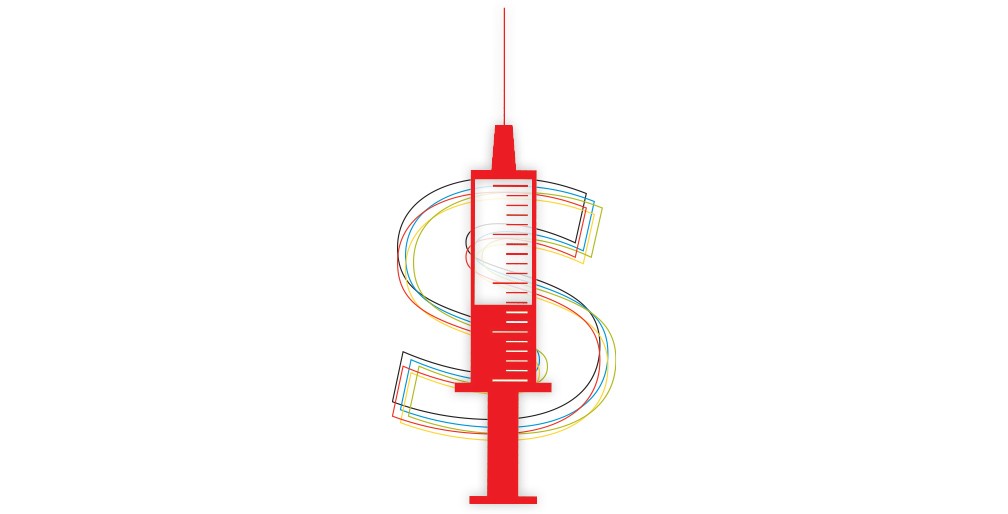The Post-Pandemic Consumer
We’ve all heard that it takes 21 days to form a new habit. Though research suggests the range is 18 to 254 days, the pandemic has stretched well beyond that upper limit. Does that mean that the consumer behaviors adopted during 2020 will be permanent? That’s what researchers, business analysts and executives everywhere are seeking to predict.
In a report on the future of e-commerce, Shopify revealed that nearly 150 million people made their first-ever online purchase during the pandemic. It’s no surprise that e-commerce as a percentage of total global retail sales is predicted to continue to grow over the next five years. This, however, is no death knell for brick-and-mortar retailers.
According to the Swiss Re Institute, habit permanence depends on numerous factors, including location, time, environment and how divergent the behavior is from the person’s norm. It’s also very fragile: A single negative experience can cause a clean break from a new behavior.
In cases where the behavior change is no longer a matter of necessity, stick-to-itiveness is likely to come down to how much the consumer values the new behavior. Share on X In The Wall Street Journal, Stefan Larsson, CEO of PVH Corp. (which owns Tommy Hilfiger, Calvin Klein, et al.), said: “Consumers found some of the experiences forced by COVID to be convenient. Anything that they perceive as making their life easier will be here to stay.”
While it’s easy to see why consumer-behavior analysts tend to begin and/or end their post-pandemic predictions with some form of “we really don’t know what will happen,” there are a few recurring themes worthy of mention.
The “phygital” experience continues to evolve
In Marketing Tech News, Joel Davis, founder of agency:2—Europe’s first social media agency—predicted an evolution of the “phygital” (aka omnichannel) market will allow both channels to thrive. An article in The Wall Street Journal concurred: “Offering new ways for consumers to combine digital and physical capabilities—say, personal-shopping appointments via videoconferencing—will be necessary for businesses to boost sales (and collect data on their customers).”
This street runs both ways, with physical stores embracing more digital tools. One clever example: C&A Brazil clothing stores use “smart hangers” to display a garment’s online customer ratings. To make for a more seamless experience, an integrated approach is key. Many organizations have a separate division for e-commerce, but Carlos Gordon, strategy and supply chain professor at IMD, warned against this: “That’s not omnichannel, and the numbers show that this kind of initiative underdelivers by a factor of 10 with respect to a full omnichannel operation.”
“Safety obsessed is the new wellness movement. Consumers will be more fearful going forward about any future health concern.” —Alison Angus, head of lifestyle research, Euromonitor International
The “switcheroo” of necessities and recreation
Most old habits don’t die, they morph. “There is a universal law of consumer behavior,” writes Jagdish Sheth, Ph.D., in a report on COVID-19 consumer behavior in the Journal of Business Research. “When an existing habit or a necessity is given up, it always comes back as recreation or a hobby.” It makes sense: A resurgence in bread baking arose in 2020 from both boredom and a grocery shortage.
The Wall Street Journal backs up this idea: “Forecasters suggest that U.S. malls will become more like China’s, where 40% of the square footage is dedicated to eating experiences. (In the U.S., food accounts for just 11% of total mall space.) Establishments that go the extra mile to offer theme-park attractions and family-friendly events will be the most likely to thrive.”
“Conscious consumerism” takes a forward leap
While forced to quarantine at home, people couldn’t hide from the harsh reality of racial injustice, said Michele Meyer-Shipp, chief people officer for Major League Baseball (MLB), in a Rutgers University webinar. In fact, 2020 will be known as the year consumers demanded corporate action in an array of areas, from social justice to gender equality and beyond. Forbes noted that consumers are unlikely to fall for “greenwashing,” where businesses talk about ethics but do little if anything; it may be why MLB moved its all-star game from Georgia after the passage of a controversial voting law.
As with the phygital world, this kind of corporate action is a requirement, not a luxury. D&I experts recommend including the topic in all training (not just having separate sessions) and making it a core competency that is linked to leaders’ compensation.
The new “Roaring ‘20s” and “revenge shopping”
While many consumers remain cautious, others can’t wait to start spending the coins they hoarded alongside their toilet paper. One consumer category—aptly dubbed the “Restless and Rebellious” by Euromonitor International—began “revenge shopping” during lockdown, seeking affordable luxuries as a more defiant form of retail therapy.
Investors are banking on the emergence of a new “Roaring ’20s” akin to the one after World War I and the 1918 flu pandemic. Many are bullish on travel, restaurants, in-person shopping and luxury categories. Swetha Ramachandran, manager of GAM’s Luxury Brands Equity fund, is among them. “There will be a lot of peacocking,” she tells Bloomberg. Everyone in the business of supporting a consumer’s self-image outside the home is well poised to feather their nest.
“Safety Obsessed” and the “Quarantine 19” Club
“Safety obsessed is the new wellness movement,” said Alison Angus, Euromonitor International’s head of lifestyle research, in The Wall Street Journal. “Consumers will be more fearful about any future health concern.”
The demand for fitness goods and services that led to, yes, a dumbbell shortage last summer is expected to rise. Swiss Re has predicted that the worldwide use of fitness apps will jump from 826 million people to 1 billion in the next three years—fueled in part by a desire to lose the “Quarantine 19.” A study published in JAMA Network Open found that Americans gained about 1.5 pounds per month just from February to May of 2020.
Even for companies not in the health and safety industries, these areas have become everybody’s business, thanks to an increased focus on protecting employees, consumers, communities and the wider world.
The only constant in life is change
As the philosopher Heraclitus said, one thing is certain: “Life is flux.” There’s nothing like a pandemic to prove that point. “Successful leaders need to take risks to be fully prepared to meet customer needs, while using multi-scenario planning to adapt rapidly to changing conditions,” wrote Bill George, senior fellow at Harvard Business School and former chair and CEO of Medtronic, in Fortune. “Leaders who combine their understanding of the future market with a bold vision for success with agility and courage will be the big winners in the post-COVID-19 era.”
In other words, you know those “resilience muscles” developed during lockdown? We’re all going to need them.
This article appeared in the Summer 2021 issue of Insigniam Quarterly. To begin receiving IQ, go here.



